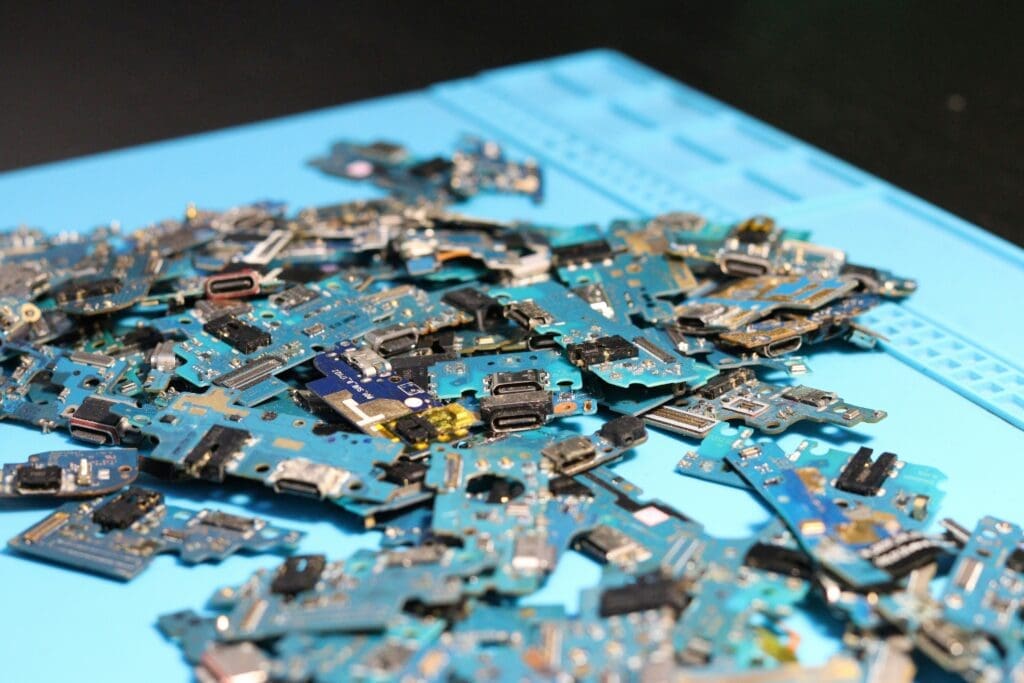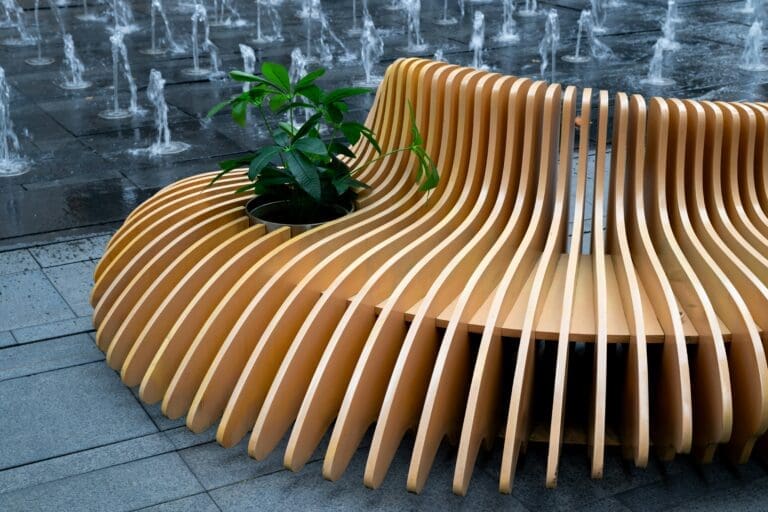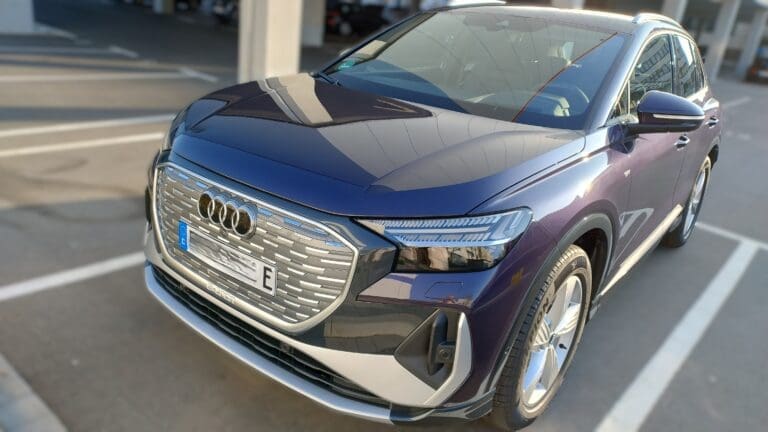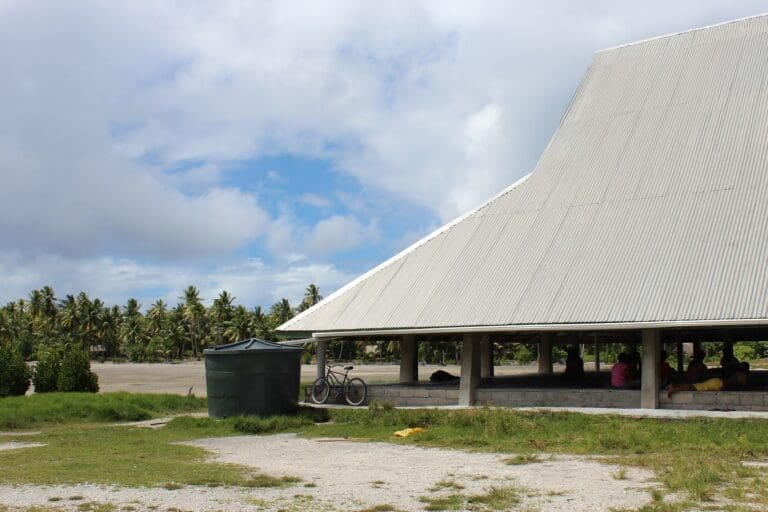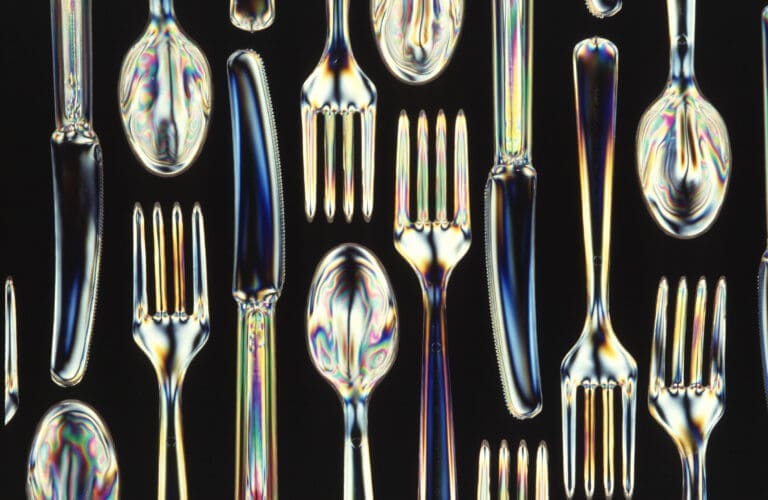Urban mining is the process of reclaiming valuable raw materials—such as metals, minerals, and construction components—from existing urban environments, including buildings, infrastructure, and electronic waste.[1] Unlike traditional mining, which extracts resources from natural deposits, urban mining focuses on anthropogenic (human-made) stocks, turning cities into resource reservoirs. This approach aligns with circular economy principles, aiming to reduce reliance on virgin materials and minimize environmental impact.
Brief History
The term “urban mining” was coined in the 1980s by Professor Hideo Nanjyo of Tohoku University in Japan.[1] Initially, the concept centered on recovering precious metals from electronic waste. Over time, the scope expanded to include materials from construction and demolition waste, recognizing the vast resource potential within urban settings.[2] Japan’s early adoption of urban mining practices set a precedent for other countries to follow.
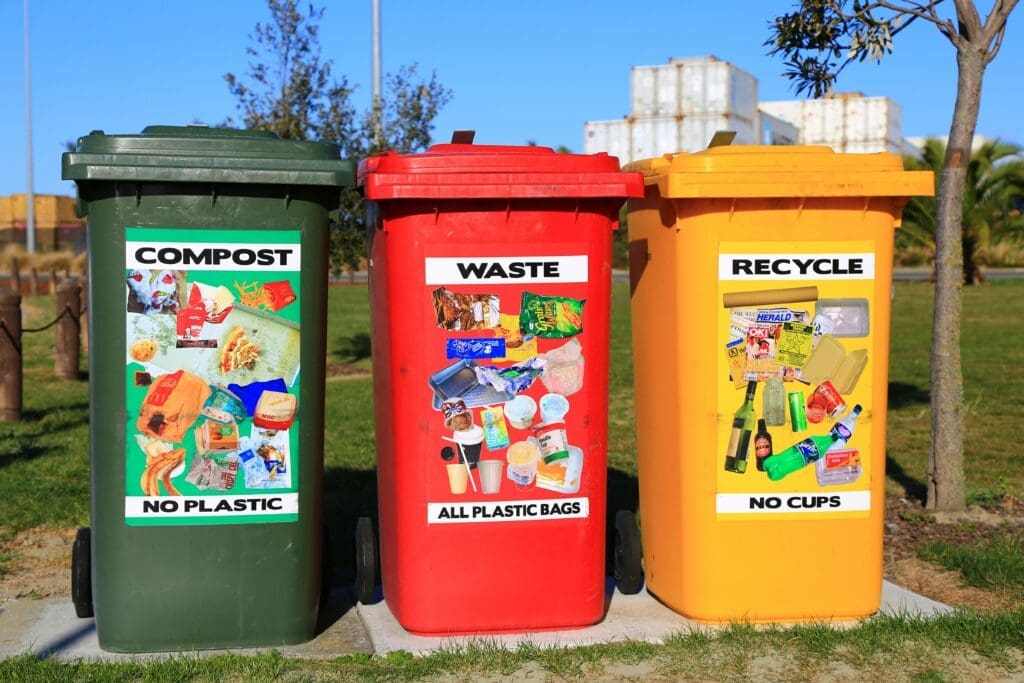
Rationale
Urban mining has emerged as a vital solution in response to multiple converging challenges. One of the primary motivations is resource scarcity. With finite natural resources and increasing global demand, especially for rare earth metals essential to electronics and renewable technologies, urban mining offers a reliable and sustainable alternative supply. Environmental considerations also play a crucial role. Traditional mining practices are energy-intensive and have significant ecological footprints, whereas urban mining helps lower greenhouse gas emissions and preserve biodiversity by reducing the need for new extraction. Moreover, the economic potential of urban mining cannot be overlooked. Recovering materials from waste streams is increasingly proving to be economically viable. For instance, the value of metals in discarded electronics often surpasses that of traditional ore, offering a profitable pathway for businesses and municipalities.
How Does It Work?
The urban mining process begins with the collection of waste materials, which are sourced from demolished buildings, obsolete electronics, and decommissioned infrastructure. Once collected, these materials undergo sorting and processing, where valuable components are separated using mechanical, chemical, or thermal methods. This is followed by a refinement stage, in which the recovered materials are purified to meet industry standards for reuse. Finally, these purified resources are reintegrated into the production cycle, being used in new products, construction projects, or industrial applications. This closed-loop system exemplifies the principles of a circular economy.
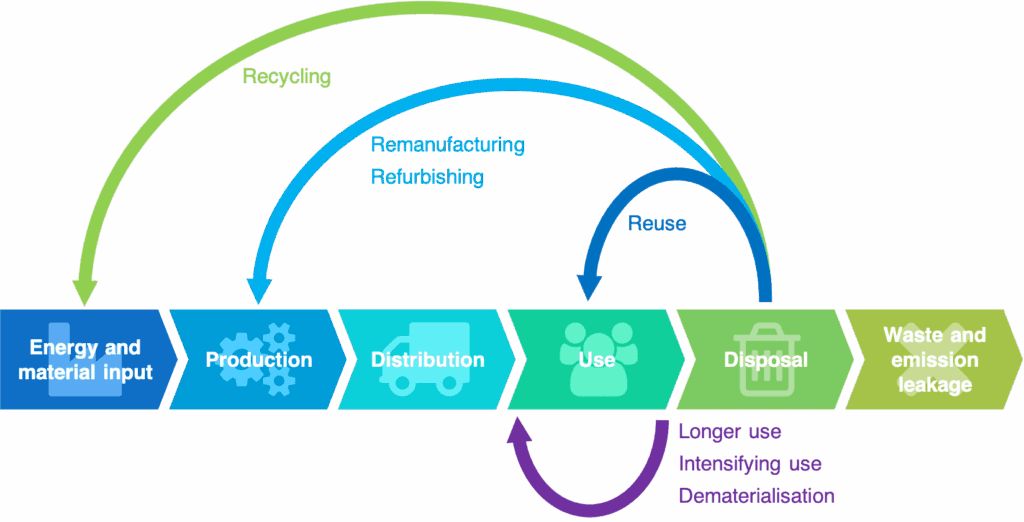
Industries
Urban mining supports a range of industries and products. In electronics, it facilitates the recovery of precious metals like gold, silver, and palladium from e-waste. In construction, it enables the reuse of bricks, wood, concrete elements, doors and metals from demolished structures. The industrial sector benefits from the recycling of metals such as iron, copper and aluminum for manufacturing. A good example is also the automotive industry, where old cars have been extensively recycled for decades. In the wake of electric vehicles (EVs), there is now a growing focus on reclaiming valuable materials from high-voltage batteries.
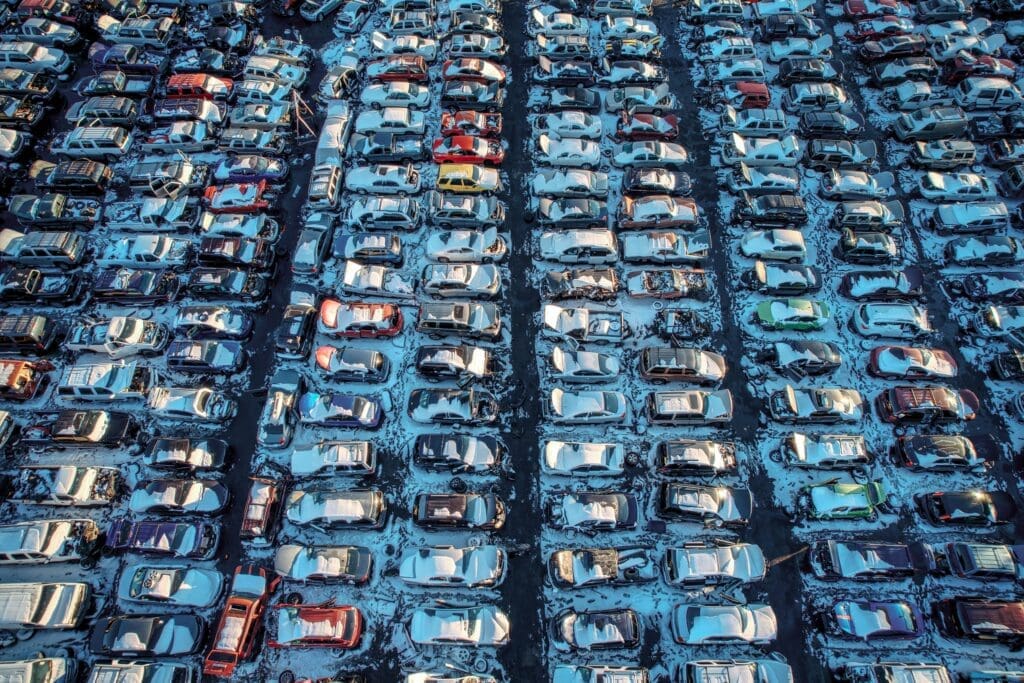
Beneficiaries
The benefits of urban mining appeal to a diverse range of stakeholders. Manufacturers, for example, utilize recycled materials to reduce production costs and lower their environmental impact. Construction companies are increasingly incorporating reclaimed materials into their building projects to meet both regulatory and sustainability targets. Governments and municipalities also play a key role, implementing urban mining initiatives as part of broader waste management and climate action strategies. Additionally, non-profit organizations often engage in urban mining efforts to advance social and environmental causes, bridging the gap between sustainability and community development.
Urban Mining: Metal Recycling
Aluminum (Al) – Common in building materials, car frames, cans, foils and packaging; lightweight and endlessly recyclable without quality loss, requiring only about 5% of the energy needed to produce primary aluminum.

- Gold (Au) – Found in circuit boards, connectors, and processors; highly valuable and widely recycled from e-waste. Recycling gold is without quality loss and requires only 5–10% of the energy needed to extract and refine new gold from ore.
- Copper (Cu) – Used in wiring, motors, and plumbing; it is easily recoverable and highly efficient to recycle. Approximately 85% of the energy is saved compared to primary production. Around 80% of all copper ever mined is still in use today!
- Palladium (Pd) – Found in catalytic converters and electronics; valuable and often recovered from auto and industrial waste. In 2020, approximately 85% of global palladium demand was attributed to the automotive sector, primarily for use in catalytic converters that reduce harmful emissions from internal combustion engines.[3] However, with the increasing adoption of electric vehicles (EVs), which do not require catalytic converters, the demand for palladium is projected to decline. Analysts from S&P Global and the World Platinum Investment Council anticipate a 30–40% reduction in palladium demand by 2030 due to this shift towards EVs.[4]
- Lithium (Li) – A key component of rechargeable batteries (especially in EVs and electronics); increasingly targeted for recovery due to growing demand
Urban Mining: Other Use Cases
Construction material reuse involves salvaging components from demolished buildings to conserve resources and reduce waste. Common examples include reclaimed bricks and masonry, which preserve architectural character and lower embodied carbon; recycled structural steel, re-melted or reshaped for use in new projects; and precast concrete wall panels, repurposed from dismantled structures to avoid new cement production and cut CO2 emissions.
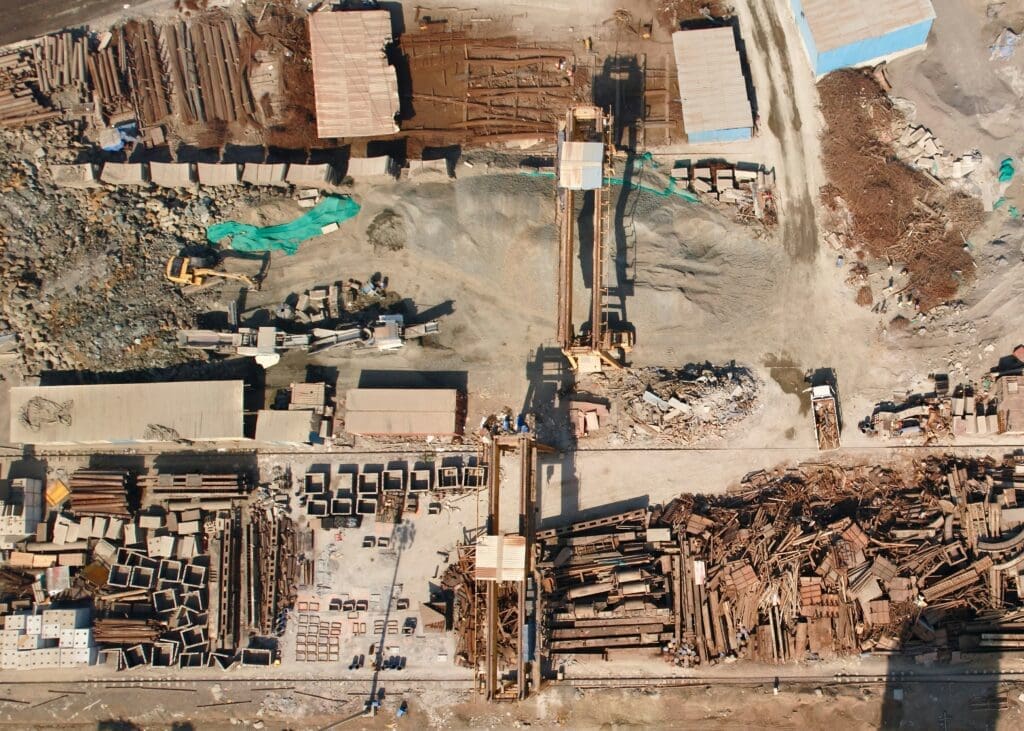
Industrial waste recovery extracts valuable materials from manufacturing by-products, supporting circular use and reducing waste. Fly ash from coal plants replaces cement in concrete, cutting emissions and landfill use. Steel slag becomes road base or construction aggregate. Acidic waste streams are treated to recover metals like zinc and copper, turning hazardous waste into usable resources.
EV Battery Repurposing: In the automotive industry, high-voltage batteries from electric vehicles are being recovered, tested, and repurposed for second-life applications such as stationary energy storage systems. This helps extend the lifespan of valuable materials like lithium, cobalt, and nickel, while reducing the demand for newly mined resources.
Urban Mining in Selected Countries and Places
Taiwan:
Taiwan has emerged as a global leader in urban mining through robust electronic waste (e-waste) recycling programs and industrial partnerships.
Recycling Volumes: Taiwan recycles approximately 117,000 metric tons of waste electrical and electronic appliances annually, including 18,000 metric tons of IT equipment and 4,500 metric tons of lighting waste.[5]
Industrial Collaboration: Companies like Solar Applied Materials Technology Corp. have developed in-house recycling processes, achieving 99.99% purity in recovered metals such as gold and silver. In 2022, Solar Tech recycled 247 metric tons of material, reducing carbon emissions by over 440,000 metric tons.[6]
Leuven, Belgium:
Material Recovery: The city collaborates with organizations like Atelier Circuler to recover reusable materials from buildings slated for renovation or demolition. This approach addresses the fact that about 35% of waste in Flanders comes from construction and demolition activities.[7]
Social Impact: The non-profit Materialenbank plays a central role in recovering and reselling building waste, promoting a social economy that aids the long-term unemployed and immigrants.[8]
Sustainability Goals: These initiatives contribute to Leuven’s aim of becoming carbon neutral by 2050, emphasizing sustainable practices and the creation of green spaces.[8]
Japan:
E-Waste Recycling: In 2019, Japan recycled 361,000 tons of material from used electronic devices, the highest volume among OECD member nations.[9]
Precious Metal Recovery: Estimates suggest that Japan’s “urban mines” contain up to 300,000 tons of rare earth elements, offering significant potential to offset imports.[10]
Olympic Initiative: For the 2020 Tokyo Olympics, all medals were made from recycled metals sourced from e-waste, including discarded smartphones and small consumer electronics.[11]
Urban Mining in the Solarpunk Era
Solarpunk envisions a future where technology and nature coexist harmoniously. Urban mining embodies this vision by turning waste into valuable resources, reducing environmental degradation and reliance on fossil-based materials, and fostering greater community awareness and engagement. By reclaiming materials from the urban environment, cities can become self-sustaining ecosystems, minimizing their ecological footprint.
Although Solarpunk advocates a decentralized approach, today’s major cities are indeed the crystallization and launching points of the Solarpunk transformation. Urban mining plays a crucial role in large cities—not only because it engages large numbers of residents and businesses, but also because cities act as powerful multipliers, sending strong signals and setting examples that influence other municipalities and regions, and visitors.
Sources:
[1] https://en.wikipedia.org/wiki/Urban_mining
[2] https://www.weforum.org/stories/2023/11/urban-mining-circular-economy-ewaste/
[3] https://www.thermofisher.com/blog/metals/platinum-group-metal-recovery-from-spent-catalytic-converters-using-xrf/
[4] https://www.reuters.com/markets/commodities/platinum-metals-face-structural-hit-demand-electric-vehicle-revolution-2024-03-20
[5] https://www.researchgate.net/figure/Statistics-on-the-amounts-of-recycled-WEEE-in-Taiwan_tbl5_342753305
[6] https://time.com/6957989/taiwan-urban-mining/
[7] https://vlaanderen-circulair.be/en/cases/detail/urban-mining-mining-leuven-together
[8] https://www.theguardian.com/lifeandstyle/2025/mar/19/its-beautiful-dont-you-think-the-urban-miners-unearthing-treasure-in-belgiums-homes-and-garages
[9] https://ceoworld.biz/2024/12/30/japan-expands-urban-mining-efforts-with-e-waste-imports-from-asean/
[10] https://project2049.net/2010/11/02/urban-mining-recycling-japans-rare-earth-metals/
[11] https://www.architecturaldigest.com/story/tokyos-olympic-medals-recycled-iphones

